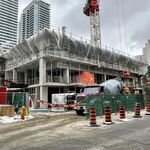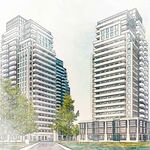Glen
Senior Member
Another good report from TD economics! There are some good ideas within about taxes etc. The report also has a warning about a potential negative effect of the Metrolinx plan..........
http://www.td.com/economics/special/db0908_ont.pdf
A number of policies encourage urban
sprawl, such as property tax structures that give incentives
to move jobs out of the city core. By only having
control over public transit, Metrolinx’s plan would inevitably
exacerbate sprawl and the negative externalities
it inflicts by making it more convenient for people
and companies to locate further away from Toronto.
http://www.td.com/economics/special/db0908_ont.pdf

















